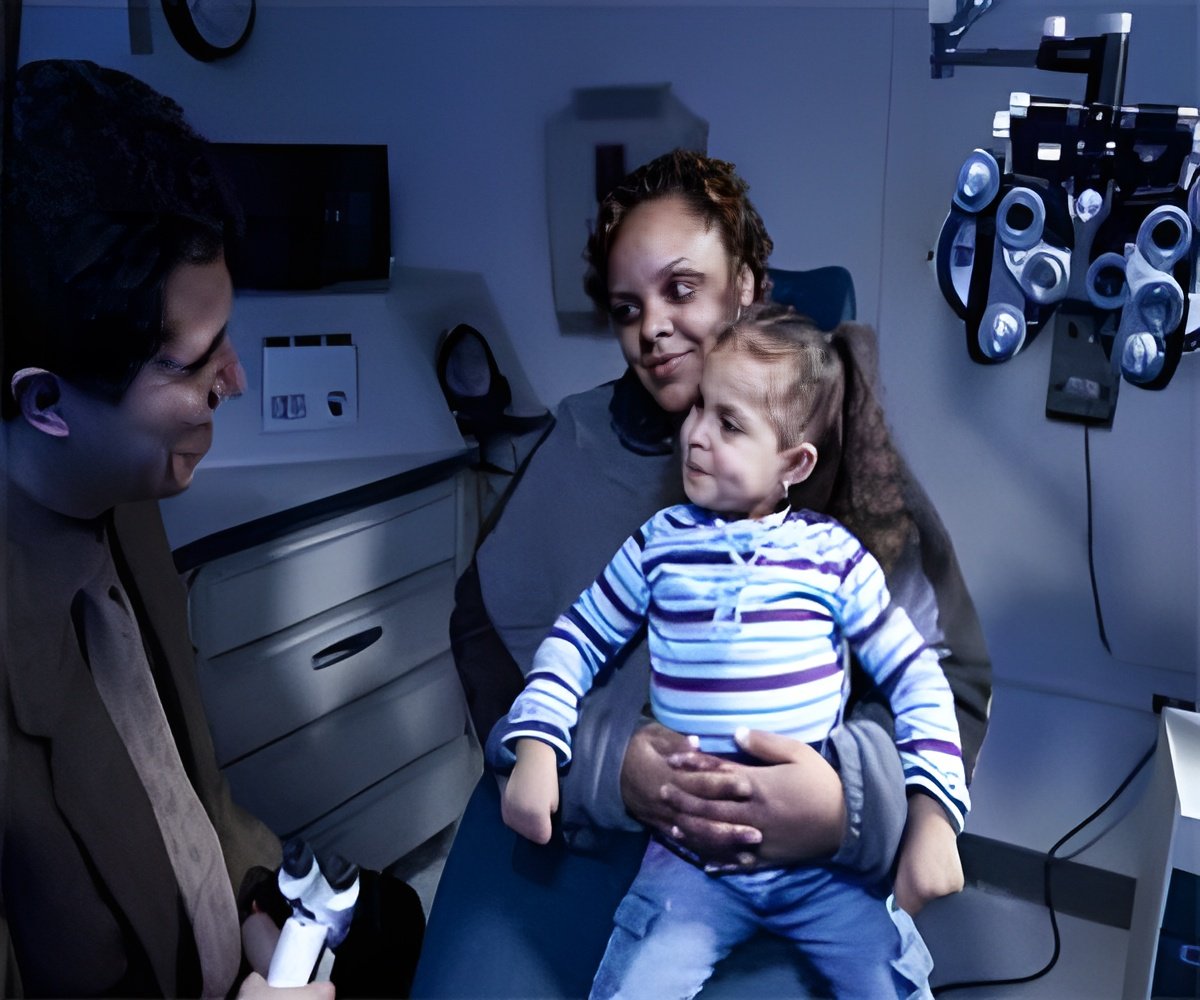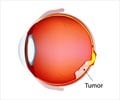
The research team used data from the California Cancer Registry and examined all retinoblastoma cases reported from 1988 to 2007, said Julia Heck, the study's first author and an assistant researcher in the UCLA Fielding School of Public Health. Using California data allowed the researchers to cull information from a large and diverse population that included many Latinas.
The study appears in the early online edition of the journal Cancer Causes & Control.
"One of the most interesting things we found in this study that hasn't been reported is the differences among Latina mothers and the risk being lower among mothers born in Mexico," Heck said. "We believe this is because women born in Mexico who come to the United States and have children have very healthy behaviors in the perinatal period, immediately before and after giving birth."
Study senior author Dr. Beate Ritz, a Jonsson Cancer Center researcher and professor and chair of epidemiology and professor of environmental health sciences in the Fielding School, said Latinas born in the U.S. are less likely to exhibit the healthy pregnancy behaviors found in foreign-born Latinas. For example, they have poorer diets and are more likely to smoke and drink during pregnancy, which could contribute to the risks of retinoblastoma.
"Compared to U.S.-born Latinas, immigrant women born in rural Mexico often have even less education and lower socioeconomic status, but they retain healthier diets and perinatal habits, which may be correlated to lower risk of disease in their children," Ritz said.
Advertisement
Retinoblastoma is the result of the loss or mutation of both alleles of the RB1 tumor suppressor gene. About 40 percent of cases are considered hereditary, and most of these present as bilateral disease.
Advertisement
Source-Eurekalert









